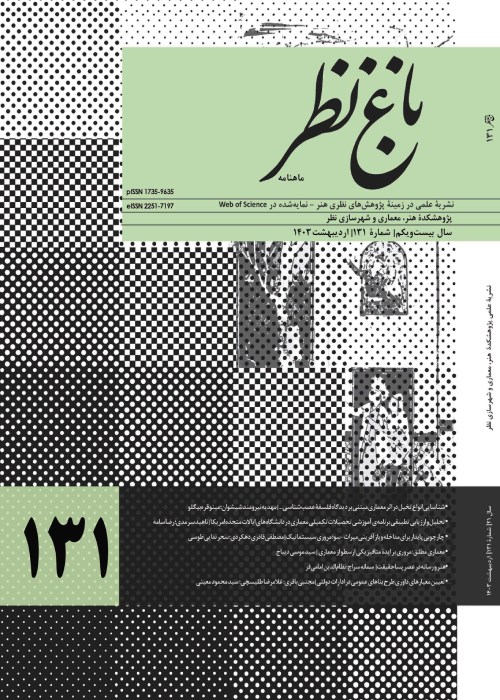Investigating the Correlation between Blue-Green Infrastructure and Reduction of Heat-Related Health Effect Under Climate Change (Case Study: Qazvin City)
Climate change, especially the heating trend in recent decades, has increasingly affected human health and increased heat-related mortality and morbidity, mainly in cities. Implementing mitigation and adaptation strategies to climate change by managing blue-green infrastructure (BGI) can reduce the consequences of these changes. The research hypothesis is that increasing the BGI per capita in different city districts will reduce the temperature and the number of heat-related patients.
This paper aims to compare the effect of two indicators of BGI to decrease temperature and health risks.
We chose Qazvin city as the case study, and selected heat-related diseases, heatstroke, cardiovascular disease, stroke, and respiratory (dependent variables). After that, the numbers of monthly ambulance calls for the four mentioned diseases (April 2018 to August 2020) were analyzed in all six Qazvin districts. Next, MODIS data were used to conduct Qazvin's surface UHI map during the mentioned period and show the BGI distribution on the city map, NDVI, as well as calculate the per capita and the percentage of the area of BGI (independent variables) in each city district by GIS. Then, We conducted a linear correlation analysis with the dependent and independent variables and employed Spearman's Rho as the correlation measure.
The results show an inverse correlation between BGI per capita and the number of ambulance calls for cardiovascular, stroke, and respiratory diseases. Molavi and Ferdowsi districts with the lowest BGI per capita and highest land surface temperature (LST) have the most patients, and Pardi's district with the highest BGI per capita and lowest LST have minimum patients. Such correlation is not valid for the percentage of the area of BGI. Therefore, urban landscape planning should pay more attention to the most densely populated districts to reduce health inequality due to climate change.
- حق عضویت دریافتی صرف حمایت از نشریات عضو و نگهداری، تکمیل و توسعه مگیران میشود.
- پرداخت حق اشتراک و دانلود مقالات اجازه بازنشر آن در سایر رسانههای چاپی و دیجیتال را به کاربر نمیدهد.



